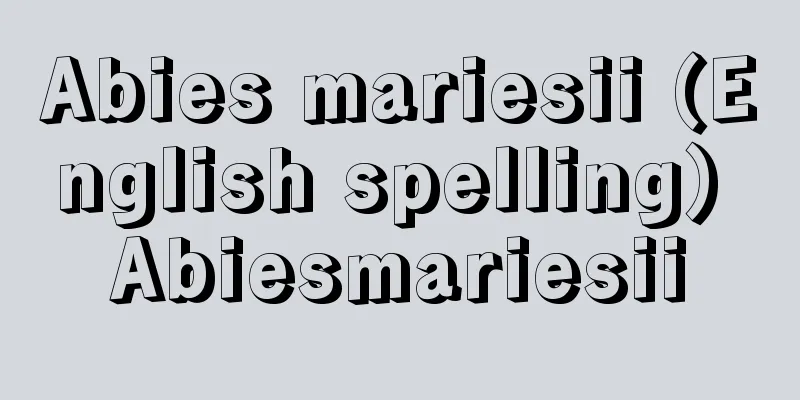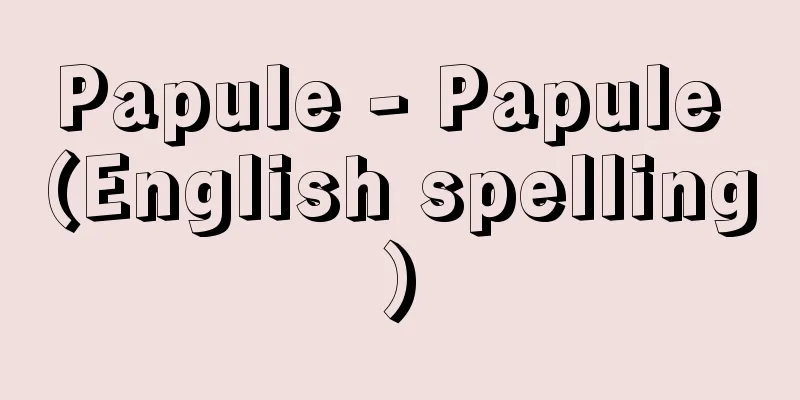Ippongata Nadohyoiri - One-sword entry into the ring

|
A play by Hasegawa Shin. Two acts. Published in the June 1931 issue of Chuokoron. It premiered at the Tokyo Theater in July of the same year, starring Onoe Kikugoro VI as Mohee and Nakamura Fukusuke V as Otsuta. Komagata Mohe, a loincloth-bearing sumo wrestler who was excommunicated by his master, is given money by Otsuta, a barmaid at Abikoya in Toride, and vows to become a great sumo wrestler before leaving. Ten years later, Mohe, who has become a gambler, visits the same place in search of Otsuta. He finds her, and finds out that she is now the wife of the cheating gambler Tatsusaburo, and they are just about to be pursued. After giving them money as a token of gratitude and helping them escape, Mohei says, "This is Mohei brandishing a stick. This is the Yokozuna's entrance into the ring, dressed in his shabby kimono, so that at least my sister who gave me her advice ten years ago, wearing a comb, hairpin and pouch, can see it." With a lyrical stage setting, this work skillfully captures the theatrical spirit of both the performers and the audience, and has been performed more than any of the author's works in a variety of styles, from Kabuki and Shinkokugeki to female swordplay, and has been adapted for film and television many times. [Hiroshi Fujita] "Hasegawa Shin Complete Works 16: Plays II" (1972, Asahi Shimbun) Source: Shogakukan Encyclopedia Nipponica About Encyclopedia Nipponica Information | Legend |
|
長谷川伸(はせがわしん)の戯曲。2幕。1931年(昭和6)『中央公論』6月号に発表。同年7月東京劇場で6世尾上(おのえ)菊五郎の茂兵衛(もへえ)、5世中村福助のお蔦(つた)などで初演。親方に破門された褌(ふんどし)担ぎの取的駒形(こまがた)茂兵衛は、取手(とりで)の宿(しゅく)の安孫子屋(あびこや)の酌婦お蔦から金子(きんす)などを恵まれ、りっぱな関取になると誓って別れる。10年後博徒となった茂兵衛はお蔦を尋ねて同地を訪れる。捜し当てたお蔦はいまはいかさま博打(ばくち)打ち辰三郎(たつさぶろう)の女房で、ちょうど追っ手がかかったところ。報恩の金を握らせて親子3人を落ち延びさせた茂兵衛の「棒切れを振り廻(まわ)してする茂兵衛の、これが、十年前に、櫛(くし)、簪(かんざし)、巾着(きんちゃく)ぐるみ、意見をもらった姐(あね)さんに、せめて、見て貰(もら)う駒形の、しがねえ姿の、横綱の土俵入りでござんす」という台詞(せりふ)で幕になる。詩情豊かな舞台面に、演者と観客の芝居心を巧みにとらえた作品で、歌舞伎(かぶき)、新国劇から女剣劇に至るまで、上演回数は作者の作品中もっとも多く、映画、テレビにも繰り返し取り上げられている。 [藤田 洋] 『『長谷川伸全集16 戯曲Ⅱ』(1972・朝日新聞社)』 出典 小学館 日本大百科全書(ニッポニカ)日本大百科全書(ニッポニカ)について 情報 | 凡例 |
<<: One Piece Sutra - Ippongyo
>>: Illustrated biography of Ippen Shonin
Recommend
petiole
…Leaves are made up of a petiole and a blade, and...
Antoine Barnave
French politician. Born to a prosecutor at the Pa...
Mutual access - Sogo nori-ire
This refers to buses or railways operated by diff...
Color degrees of freedom
Quarks have flavor degrees of freedom (degrees of ...
Pyatigorsk (English spelling)
A city in the Stavropol region of the North Caucas...
Hijikawa [town] - Hijikawa
A former town in Kita District, central Ehime Pref...
Wale - Well
…In weft knitting (horizontal knitting, circular ...
Yi Yi - Igei
…A heroic deity of Yi origin that appears in Chin...
Pointe-à-Pitre (English spelling)
The largest commercial and industrial city in the ...
Chamaeleo chamaeleon (English spelling) Chamaeleochamaeleon
...General term for reptiles belonging to the Cha...
Justice of the Peace
The judges (sometimes called magistrates) of the ...
Aniruddha (English spelling)
In Hindu mythology, Aniruddha is the name of the g...
"The East Sea Movement"
…An anthology of poems from the late Yi dynasty o...
Champfleury (English spelling)
Born: September 10, 1821, Laon, Aisne [Died] Decem...
"Okagami" (Encyclopedia) - Oogami
…He entered the early Dominican order and wrote i...









